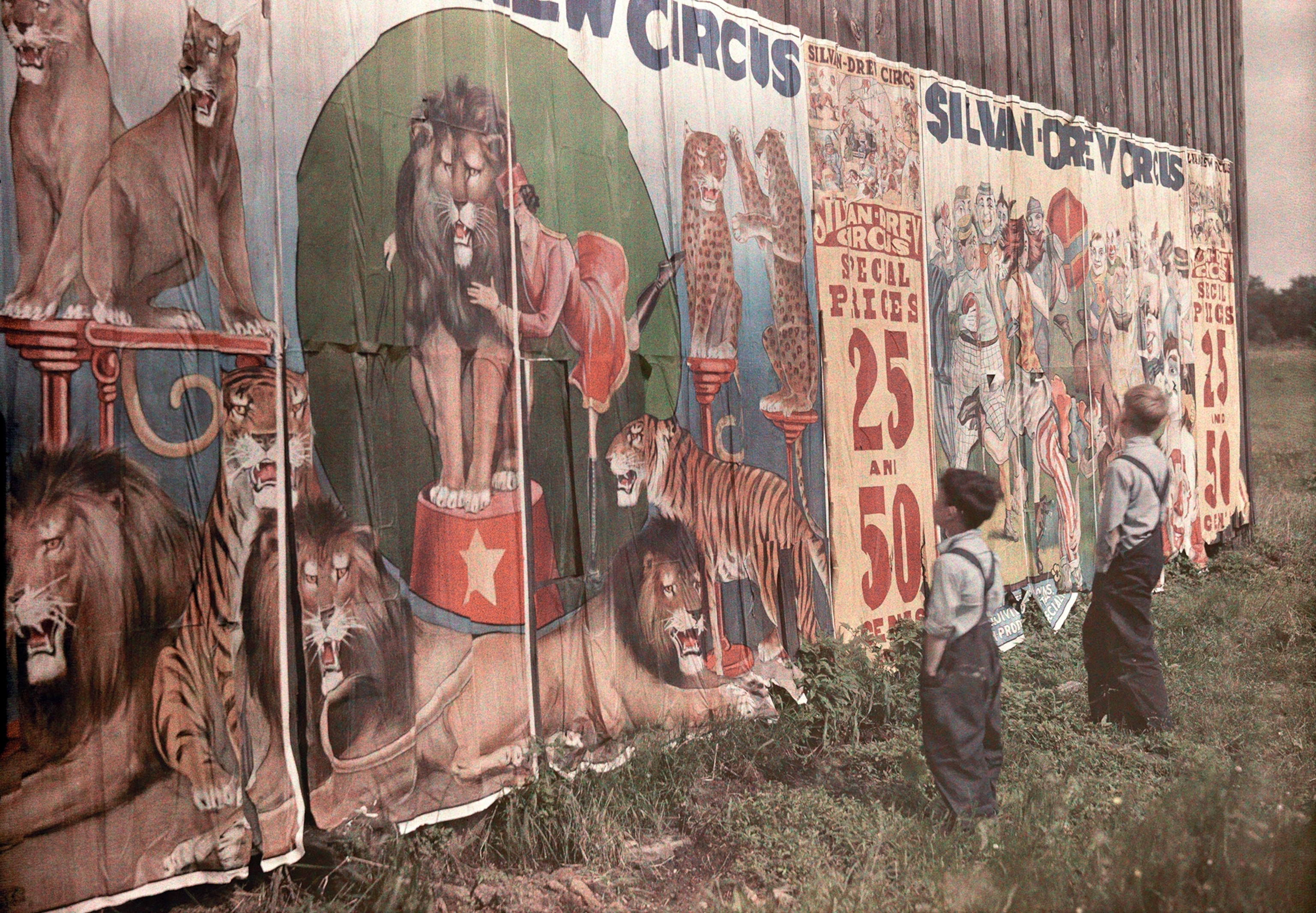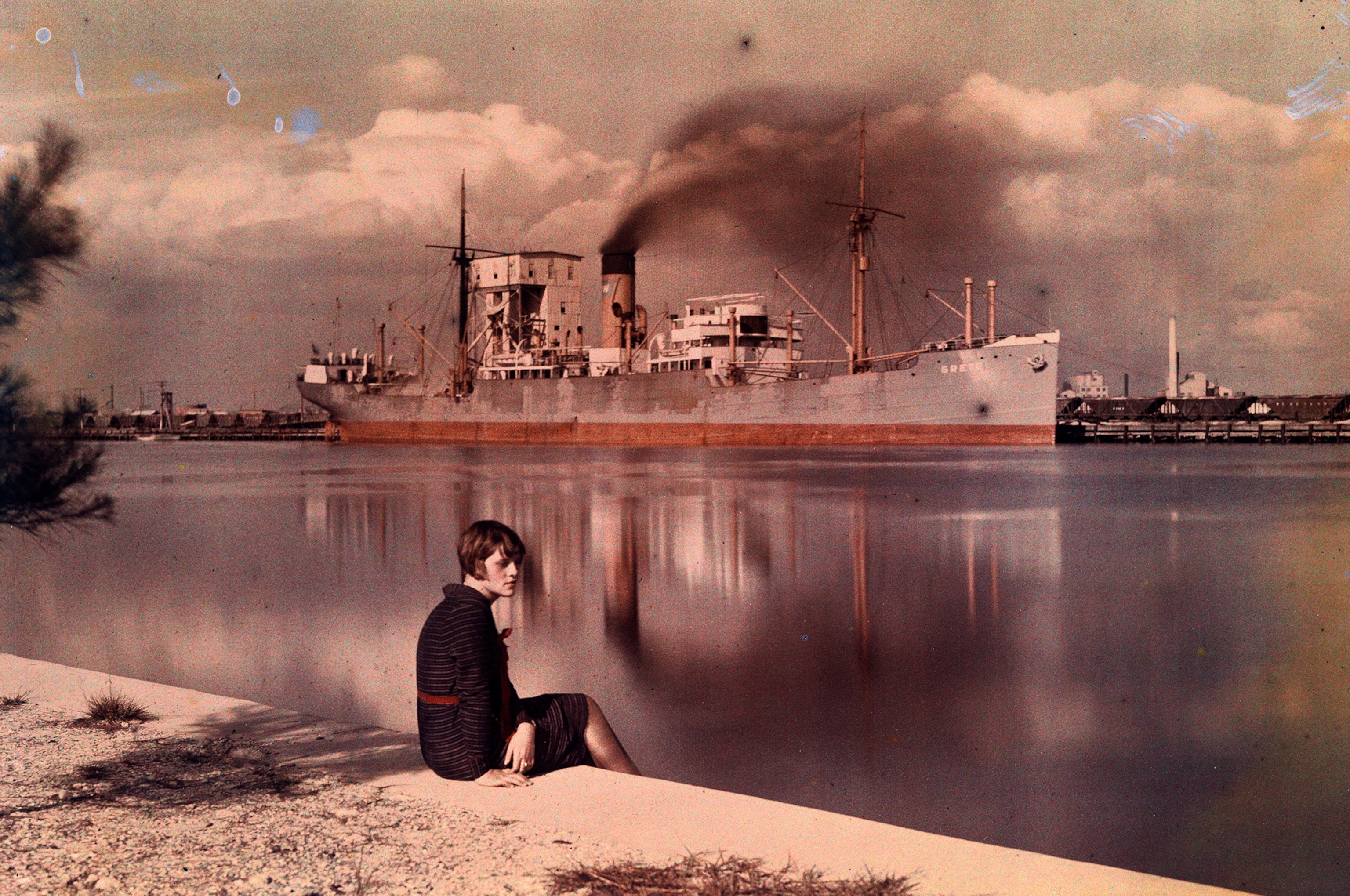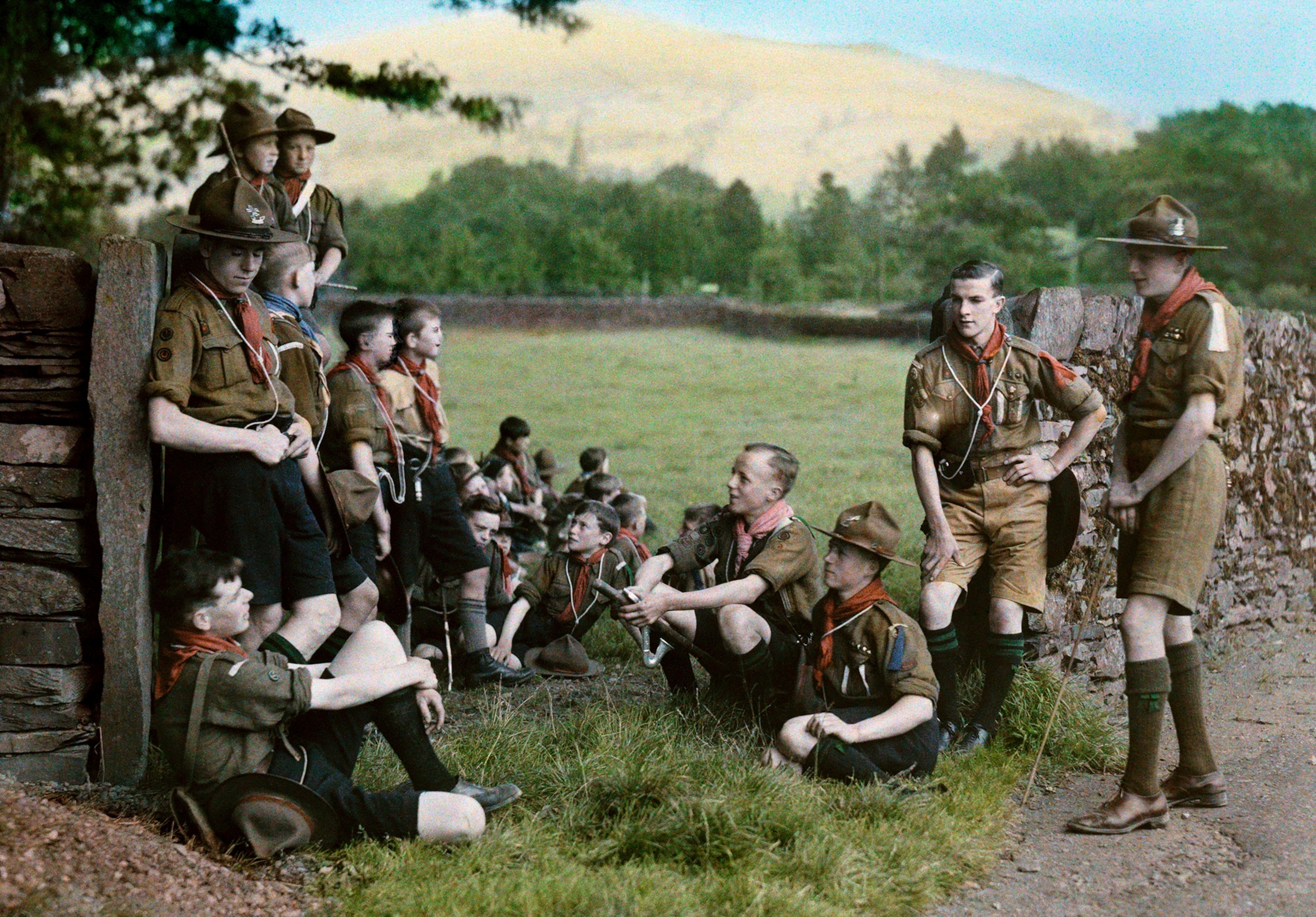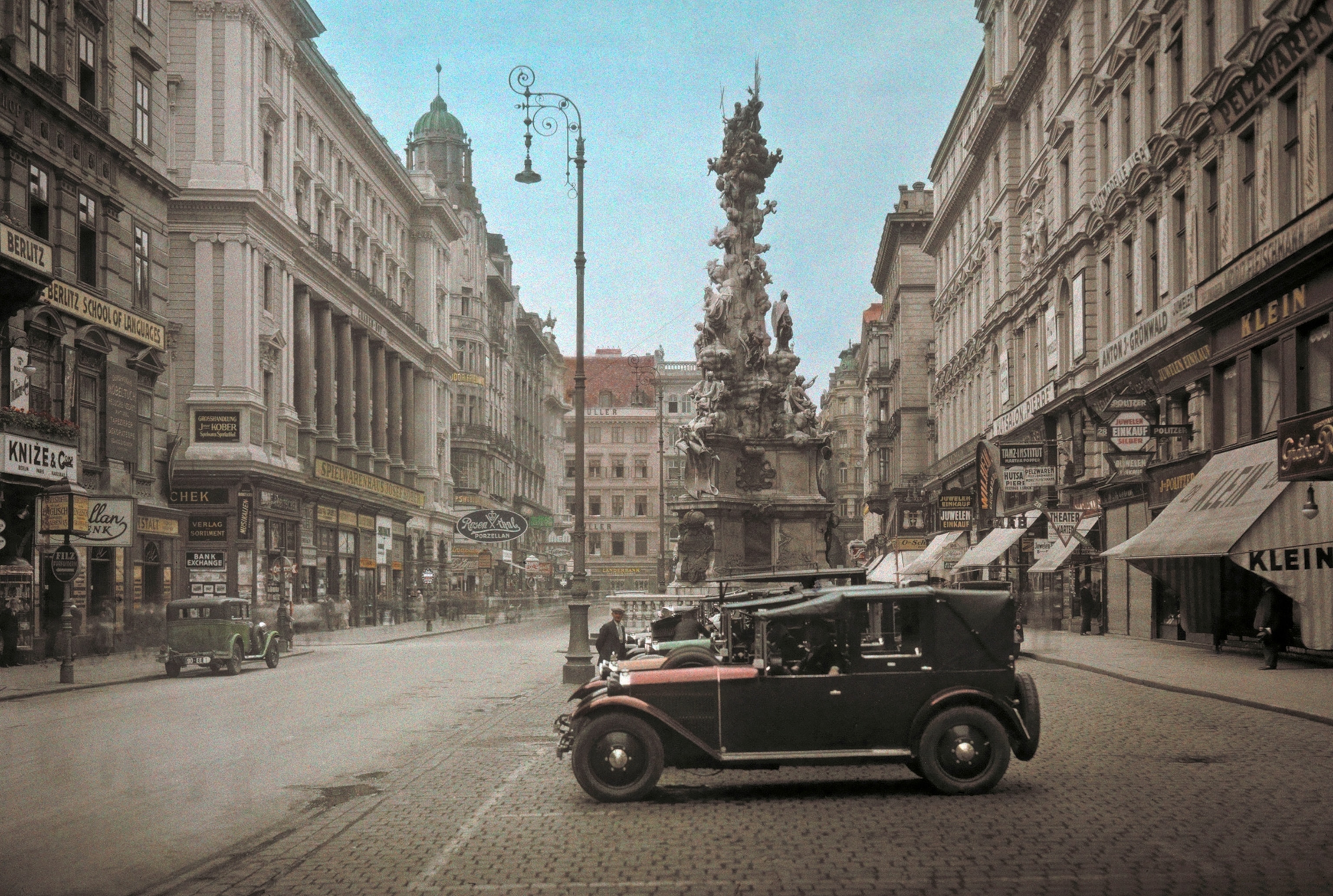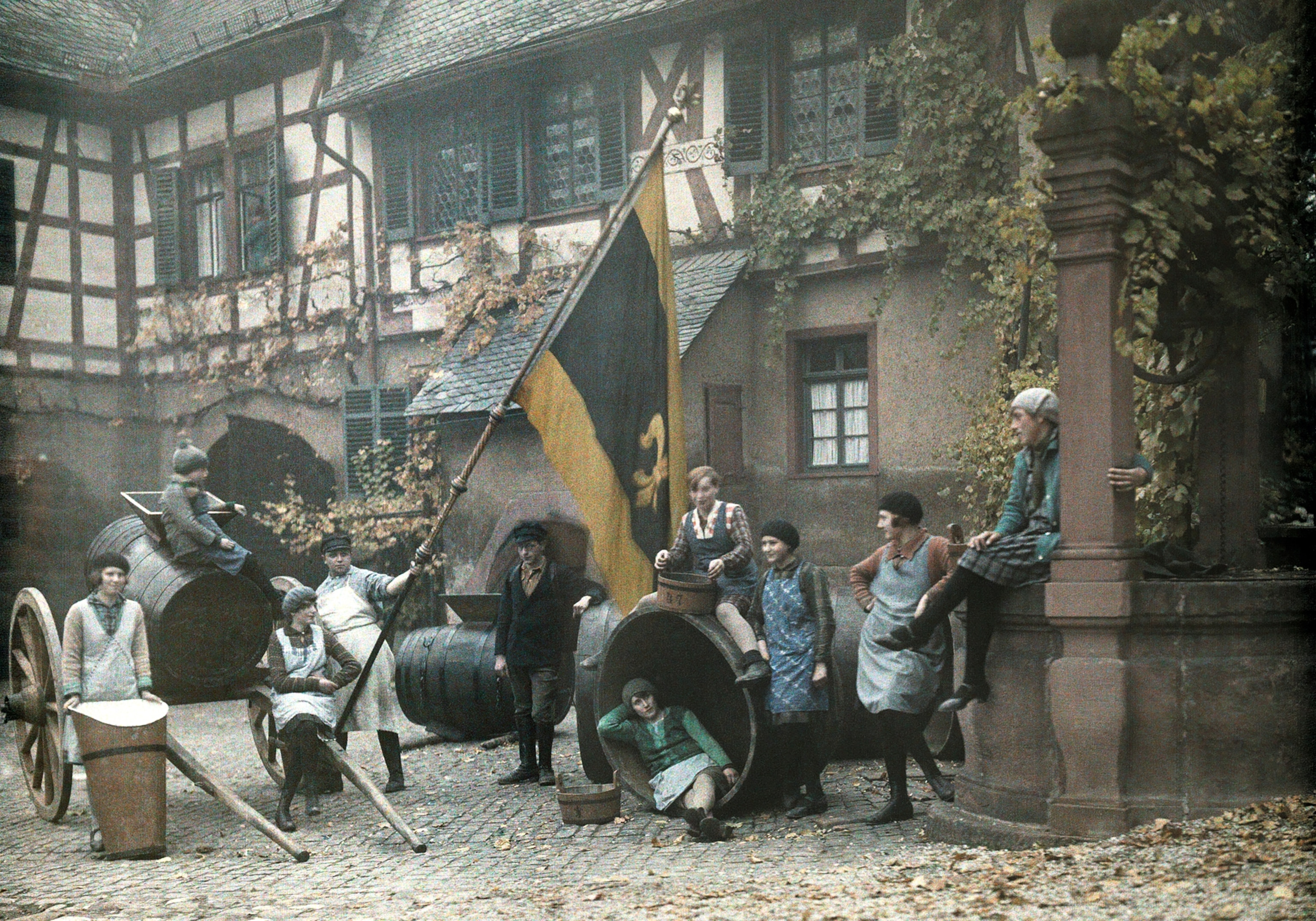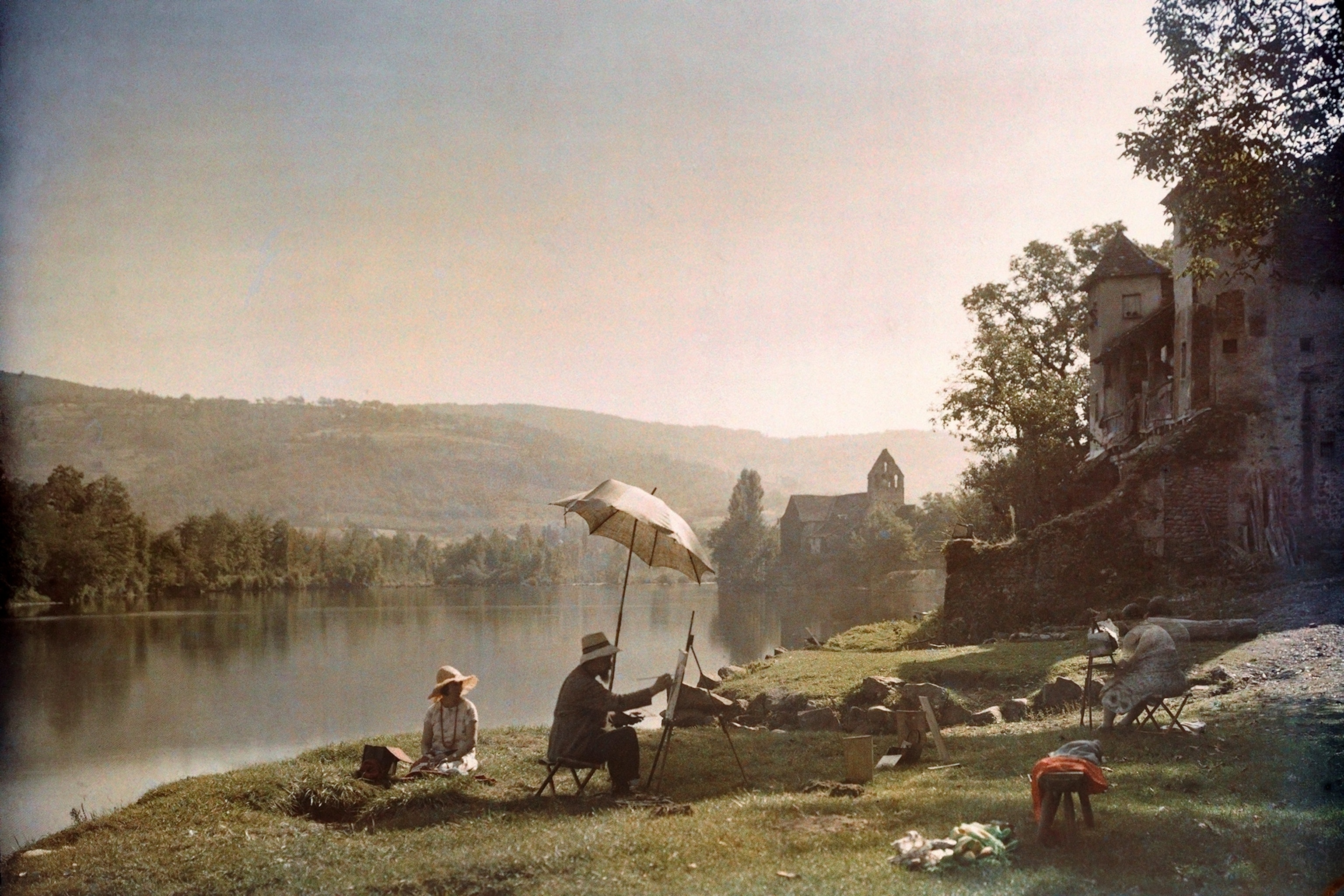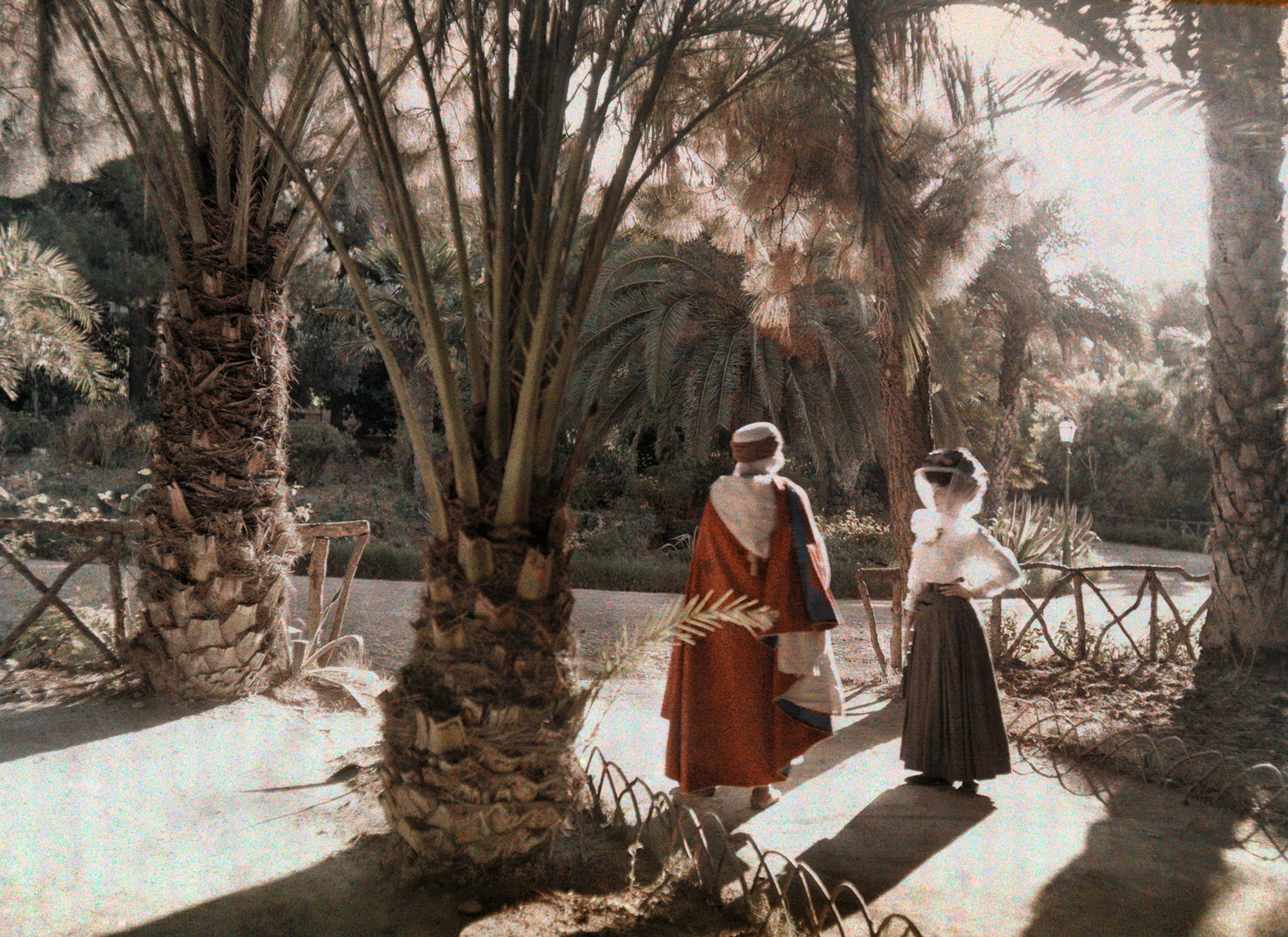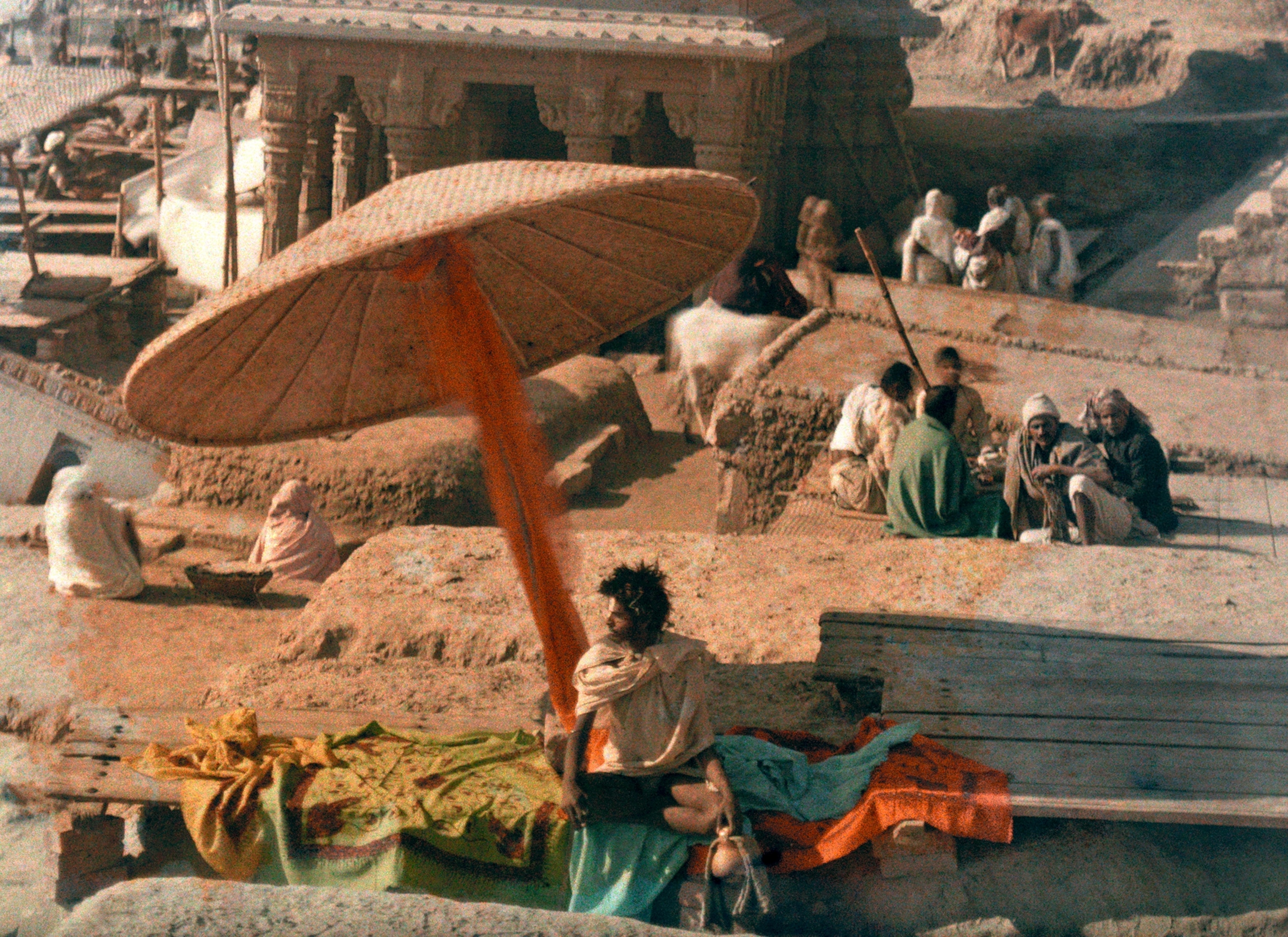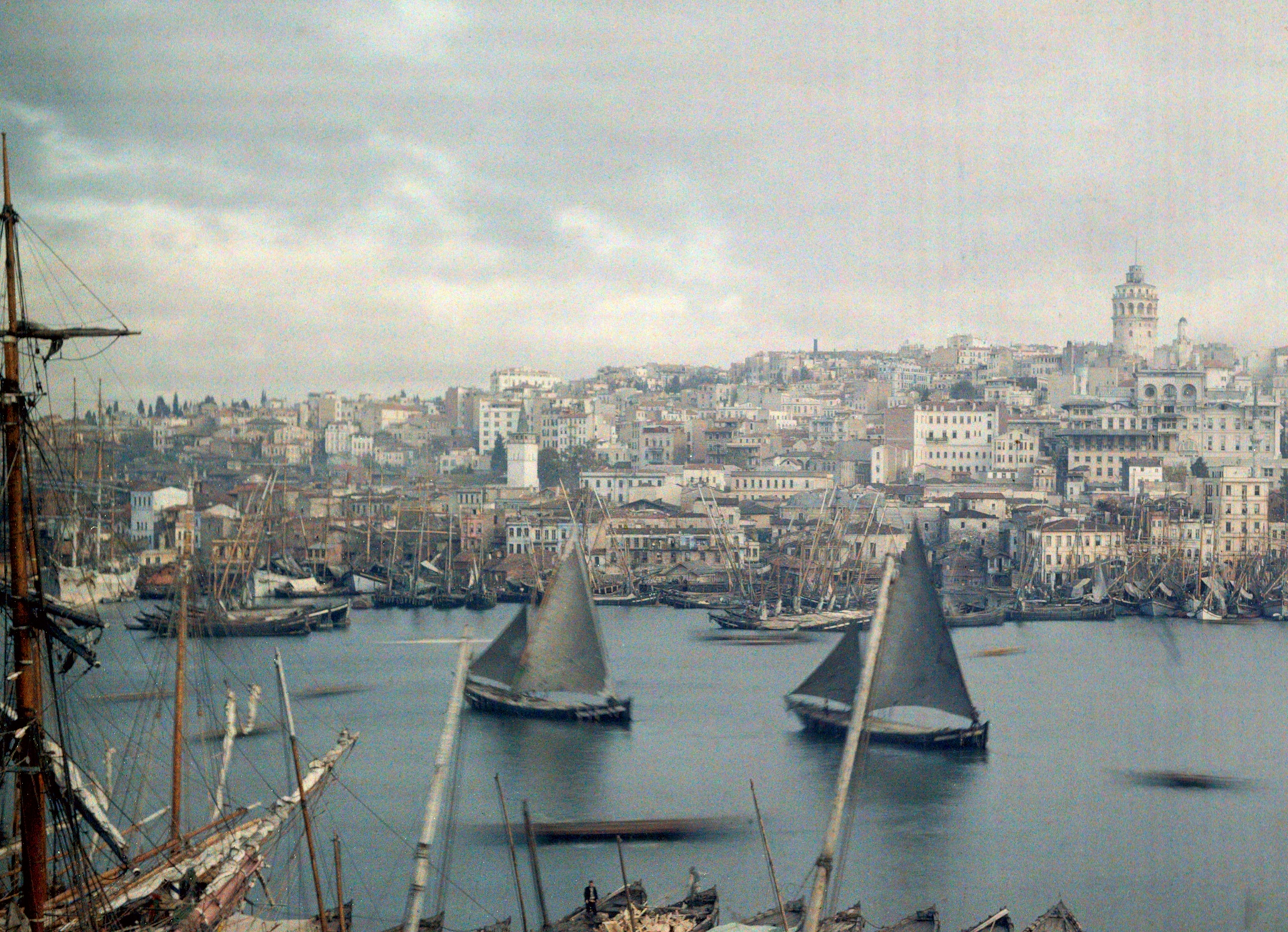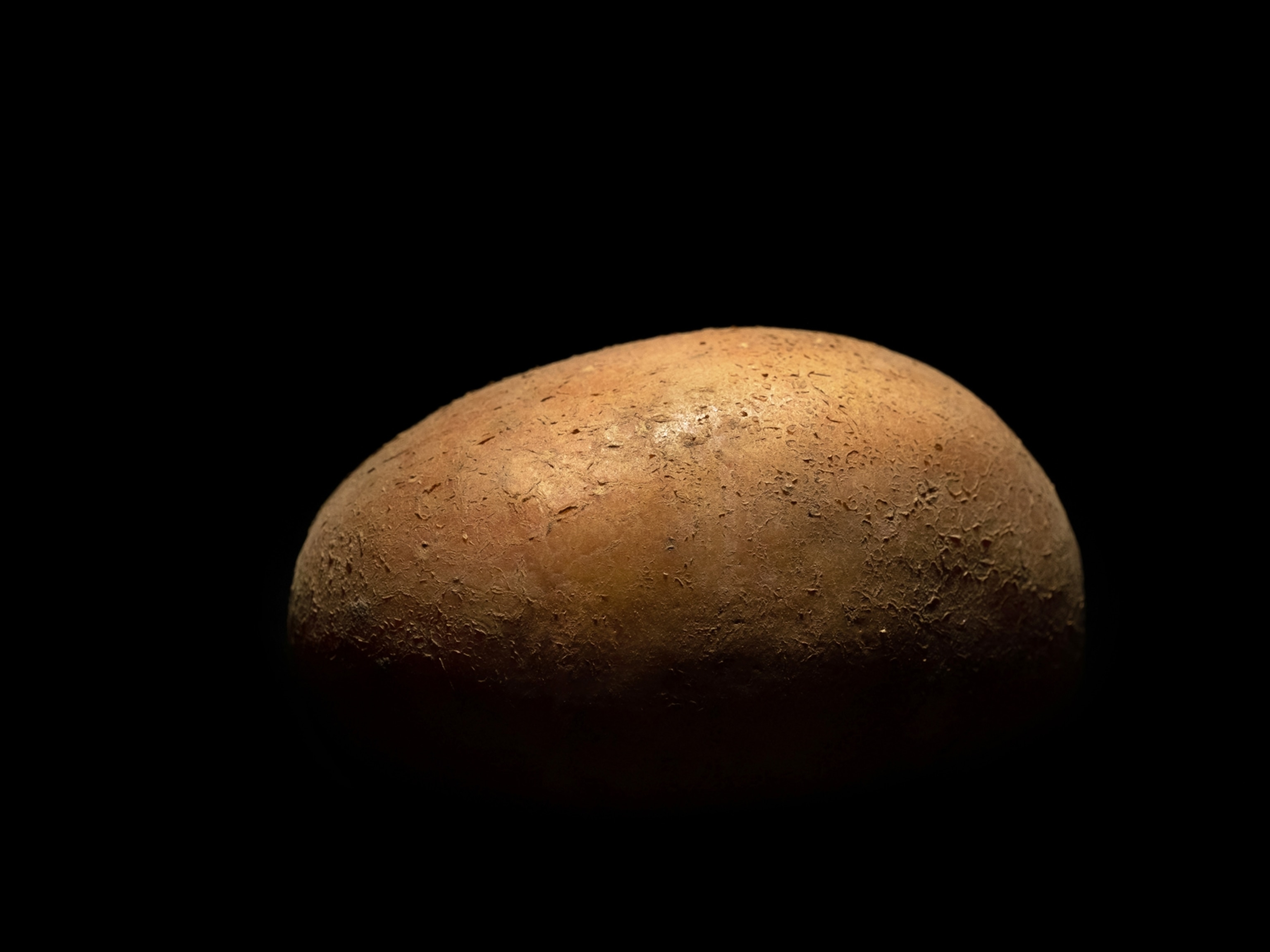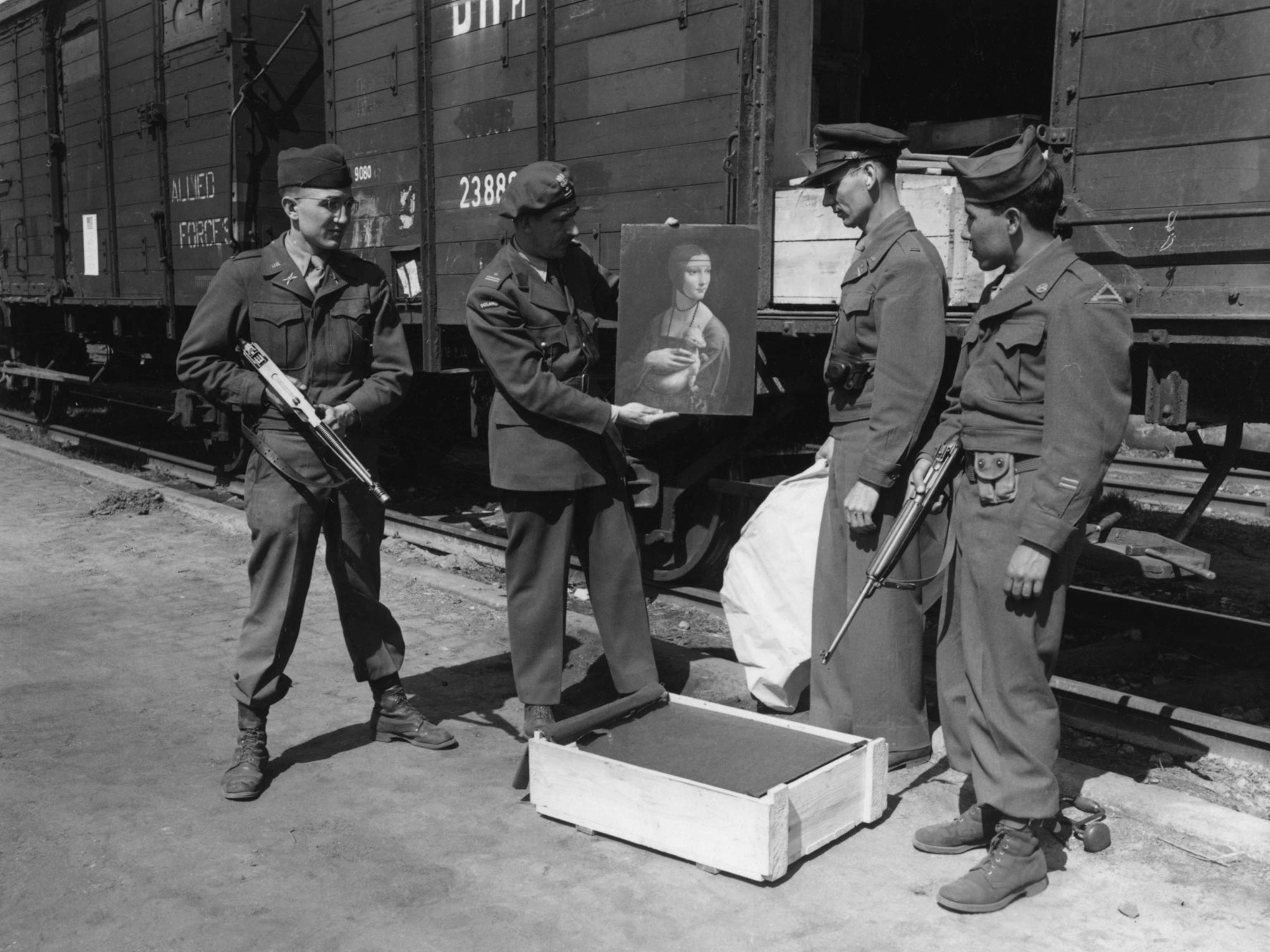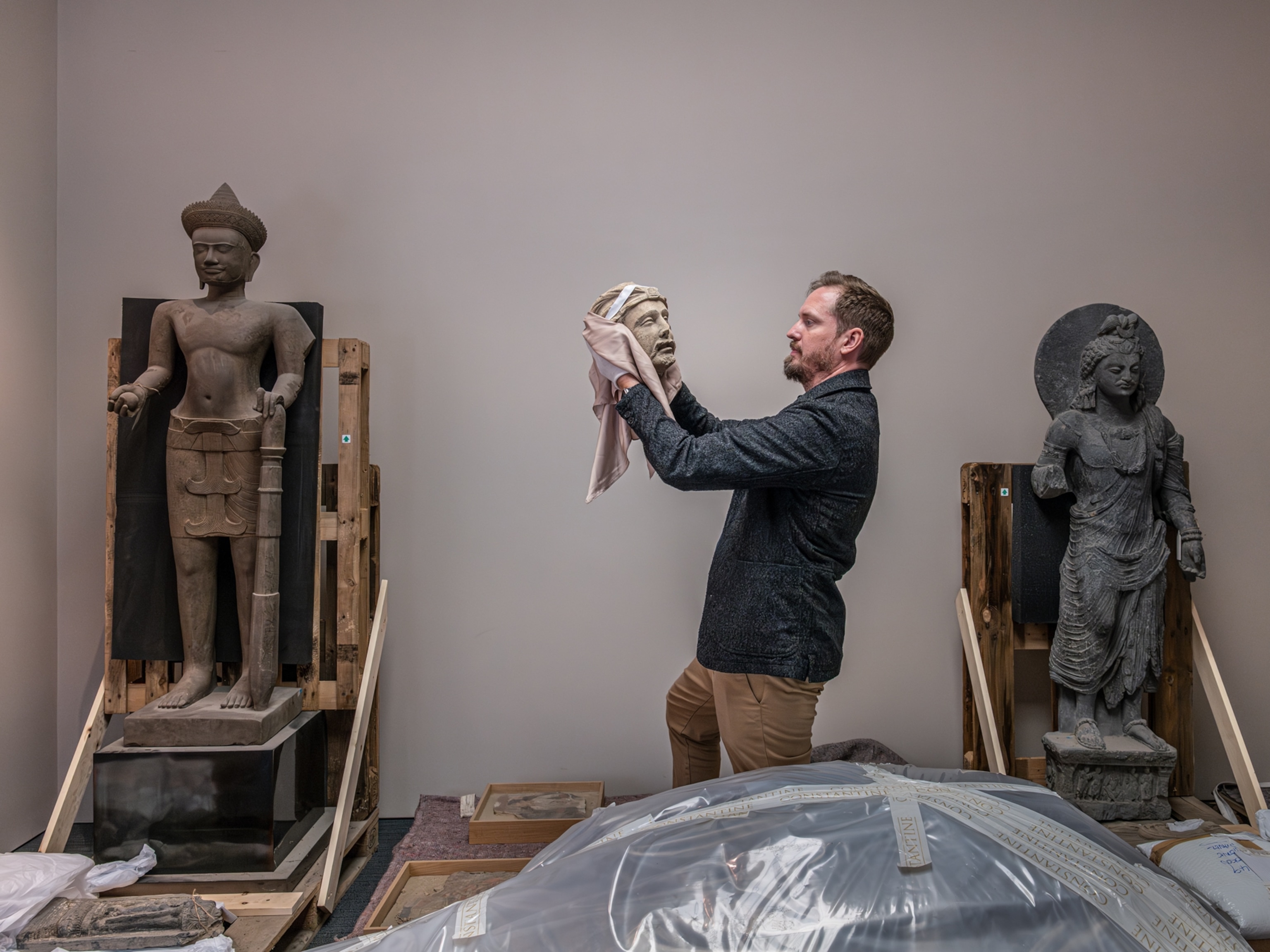These Beautiful Antique Photos Were Made With Potato Starch
Almost 30 years before Kodachrome, two French brothers invented a way to take color photos. The autochrome process they developed gave the soft, slightly blurred images the feel of an Impressionist painting.
In 1907, the Lumière brothers, Auguste and Louis, introduced the first viable method of color photography. Although color photographs had existed, the process was clumsy and complicated. The key ingredient, the Lumières discovered, was potato starch.
The process, called autochrome, involved covering a glass plate with a thin wash of tiny potato starch grains dyed red, green, and blue, thus creating a filter. A thin layer of emulsion was added over that. When the plate was flipped and exposed to light, the resulting image could be developed into a transparency.
Autochrome was immediately popular in Paris, where it was introduced, and soon spread to the United States. The first natural color photograph to appear in National Geographic magazine was an autochrome depicting a flower garden in Belgium, published in 1914. The archives of National Geographic have almost 15,000 glass autochrome plates, one of the largest collections in the world.
Like early black and white photography, autochrome was a slow process. Because exposures were long, subjects had to stay still—sometimes unsuccessfully—to avoid a blurred image. But with autochrome, the blur had an unusual aesthetic effect: Paired with the soft, dyed colors, it made the photo look like a painting.
"That's one thing that's unique about the autochromes that you don't see with modern photos—that beautiful painterly look," said Bill Bonner, image collection archivist at National Geographic.
"We continued to use them into the early 1930s, and then other newer processes replaced the autochrome," said Bonner. "By 1938, we shifted to Kodachrome."
Most publishers adopted Kodachrome in the 1930s because it was easier to use. Autochrome required photographers to carry around heavy wooden suitcases filled with fragile glass plates; Kodachrome film, twinned with a 35mm camera, was light and easy to travel with.
Today, autochrome is rarely used, and films like Kodachrome have been supplanted by digital.
The autochrome plates in our archives provide a unique look into the past, to a time before digital precision replaced a softer, painterly look and palette.
"We're all familiar with old black and white images, so much so that we often think of images from the early 1900s as being exclusively in black and white," said Adrian Coakley, photographic research editor at National Geographic. "With autochrome, you're seeing those images in a way you wouldn't imagine them. It's like a look at history in color."
